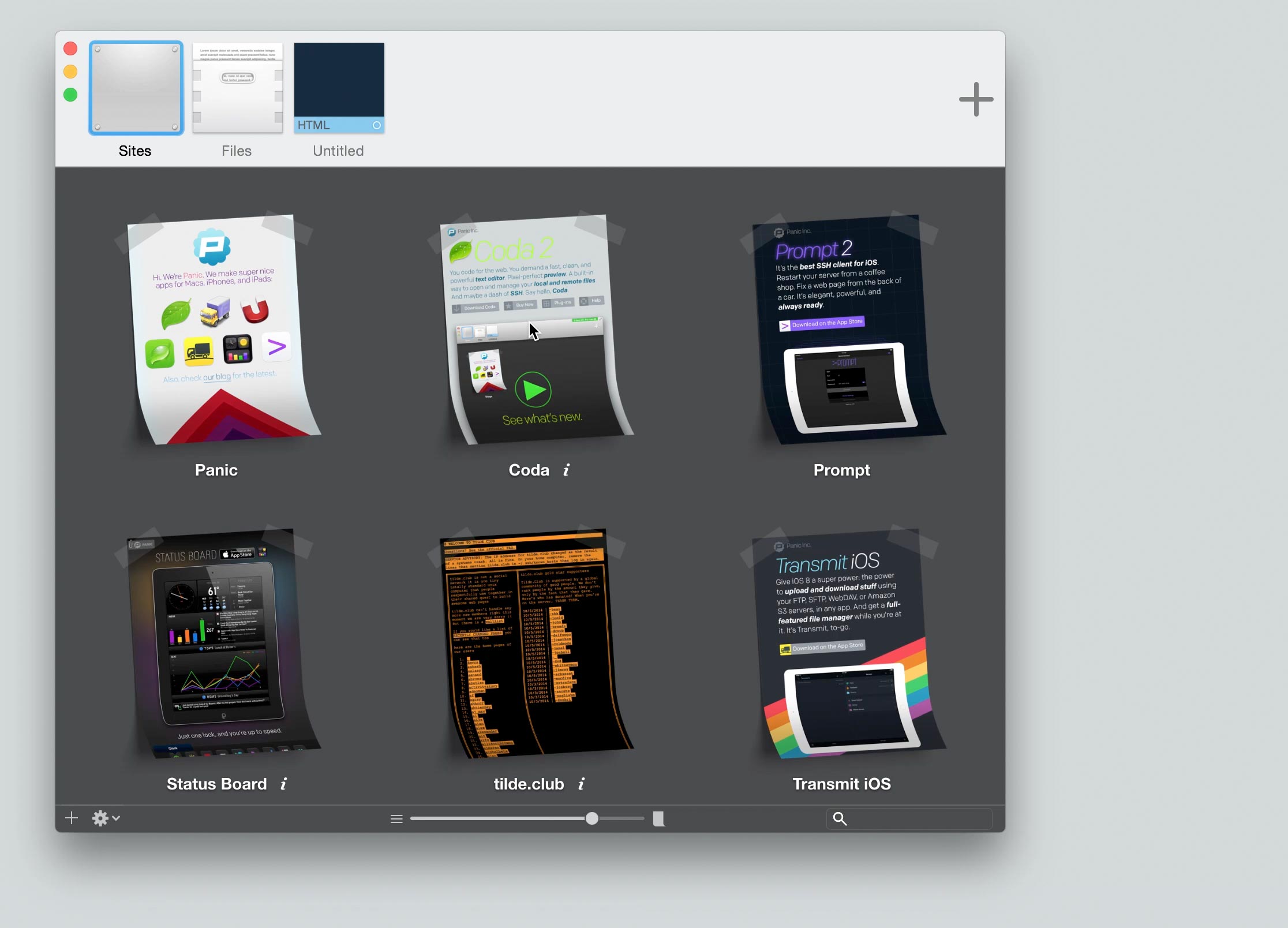Files you download from the Internet are often compressed or zipped so that they take up less space and arrive much faster than files that haven’t been compressed. You can easily identify compressed files by their extensions, such as .zip (a common standard used in OS X and Windows) and .sit. Before you can use these files, you must learn how to unzip files on mac computers for proper access – luckily the process isn’t that complicated!
The Most Popular File Compression Utility for Windows Welcome to your one-stop file manager. Start saving your time with the world's #1 compression software. Zip, protect, manage and share all your files quickly and easily.
How to unzip files on mac computers
- Winzip is the world's leading zip utility for file compression, encryption, sharing, and backup. Save time and space on your Mac with Winzip.
- How to Zip and Unzip Files and Folders on a Mac. Search the site GO. Guides & Tutorials Basics. How to Zip and Unzip Files and Folders on a Mac File compression is built-in to the Mac OS. Share Pin Email Print Macs. Safari uses it to decompress files you download.
Unzipping a file on a mac computer is user-friendly and intuitive. To unzip files on a mac, simply follow the steps below:
- Double click the zipped file.
- The file will automatically be decompressed by Archive Utility into the same folder the compressed file is in.
- Access the extracted files by clicking the appropriate icons.
Alternatively, if the method above does not work, you can right-click on the .zip package, and select Open With > Archive Utility (default).
Apple and third party software
Apple used to include a program called StuffIt Expander to decompress zipped files, but doesn’t now that OS X lets you unzip files (but not .sit files). However, StuffIt from SmithMicro Software still comes in handy for opening other types of compressed files, notably the .sit or .sitx compressed types. Go to www.stuffit-expander.com or www.stuffit.com/mac/index.html to download a free version of the software or to splurge for the Deluxe version. In addition to compressing files, StuffIt Deluxe lets you encrypt and back up files.
Meanwhile, you can archive or create your own .zip files through OS X, which is useful if you’re e-mailing a number of meaty files to a friend. Right-click (or Ctrl-click) files you want to compress inside Finder and choose Compress Filename. The newly compressed files carry the .zip extension. The archive is created in the same location as the original file and is named originalfilename.zip. You can also choose File→Compress. If you compress a lot of files at once, the archive takes the name Archive.zip.
By default, compressed files are opened with the Archive Utility. It appears in the Dock (in Leopard) while the files are being unsqueezed, unless you choose to open them with Stuffit Expander or some other program.
How to zip files on a mac
On the flip side, you can also archive or create your own .zip files through OS X, which is useful if you’re e-mailing a number of meaty files to a client or friend. Follow the step-by-step instructions below to easily zip files on a mac:
- Right-click or Ctrl-click the multiple files you want to compress (whether on the desktop or inside the Finder).
- Select Compress Filename from the pop-up menu.
- The files are now compressed in a .zip extension and the archive is created in the same location as the original file name, except with the .zip appended to its name.
On some Apple computers, you can also compress a file by simply choosing File→Compress. If you compress a lot of files at once, the archive takes the name Archive.zip.
A zip file is a compressed file. Files often are zipped in order to make them smaller---to save space on a hard drive and make it possible to them with email. Once you zip a file, the file takes on a .zip file extension and the file icon appears as a zipped up folder. Files may be zipped using a commercial zip utility, but both Mac OS and Windows have built-in utilities allowing you to zip and unzip files. On a Mac, the built-in 'Archive Utility' will form a zipped file out of several files, making it possible to send a collection of files in one zipped folder. The utility will also automatically extract a zipped file.
Step 1

Step 2

Browse through your computer files to locate a .zip file you need to extract. If the file is attached to an email, open the email.
Step 3
Zip File Download Mac
Double-click the zip file on your hard drive, or click 'Download' to open the file from an email.
Select 'Open with Archive Utility' and click 'OK' if prompted. Either way, the utility will open and decompress the zipped files. The files are placed in the same folder as the zip file. If the zip folder has multiple files, the utility will create a new folder containing all the decompressed files.
Zip Format Downloads
- working late_1 image by think jesters from Fotolia.com